As Biden’s re-election campaign starts to resemble a farewell tour, Kamala Harris is seizing the moment, capturing the attention of a generation that’s ready to move on to something new.
Watching two elderly men vie for power isn’t exactly electrifying. It’s even less so when you’re forced to pick one. For young voters, this election feels like a slow march toward a future that doesn’t seem particularly bright. For many, it’s their first shot at voting for president, and the excitement is non-existent. But then there’s Kamala Harris—a candidate who suddenly found herself riding a wave of newfound popularity. So, what’s driving this surge? The youth vote has always been a shaky bet, often wavering between indifference and skepticism. Perhaps it’s the relief of not having to back Joe Biden anymore.
At this point, almost anyone else would seem like a fresh option. Yet, Harris isn’t just any option. She’s tapping into the energy that’s been missing, particularly with the younger crowd, finding momentum in the digital world, and even snagging an endorsement from Charli XCX (though many of us are still trying to figure out what being “brat” entails—but apparently, it fits). Convincing young people to vote has always been a challenge.
It’s rarely about civic duty; it usually takes a spark of excitement or energy. The usual argument of “the other guy is worse” doesn’t cut it. Kamala Harris, though, presents something different—a fresh voice that’s sharp and articulate, reminiscent of the rhetorical style of the Obama era. This approach stands out, especially when compared to the debate performances of Biden and Trump, which often highlighted their age rather than their ideas.
The reality is that policy details and political analysis alone don’t energize young voters. According to the Center for Information & Research on Civic Learning and Engagement, youth voter turnout hit 50% in the 2020 election, mainly because the issues were quickly translated into catchy slogans and social media campaigns. This is the type of environment where Harris seems to have found some traction. Like many others, she understands that mobilizing young voters often requires messages that can be boiled down to something that fits on a bumper sticker, a T-shirt, or a coffee mug.
Social media has become the main stage for this kind of messaging. A 2020 Pew Research study found that 55% of social media users aged 18-29 have engaged with political content online. Harris’s growing visibility on social platforms reflects this shift, offering a mix of substance and style that appeals to a generation accustomed to both. In a political landscape that can feel disconnected from younger voters, candidates who manage to bring a sense of vitality are increasingly rare. Harris happens to be one of those candidates, but the broader lesson is clear: to capture the youth vote, the message has to resonate in more ways than one.



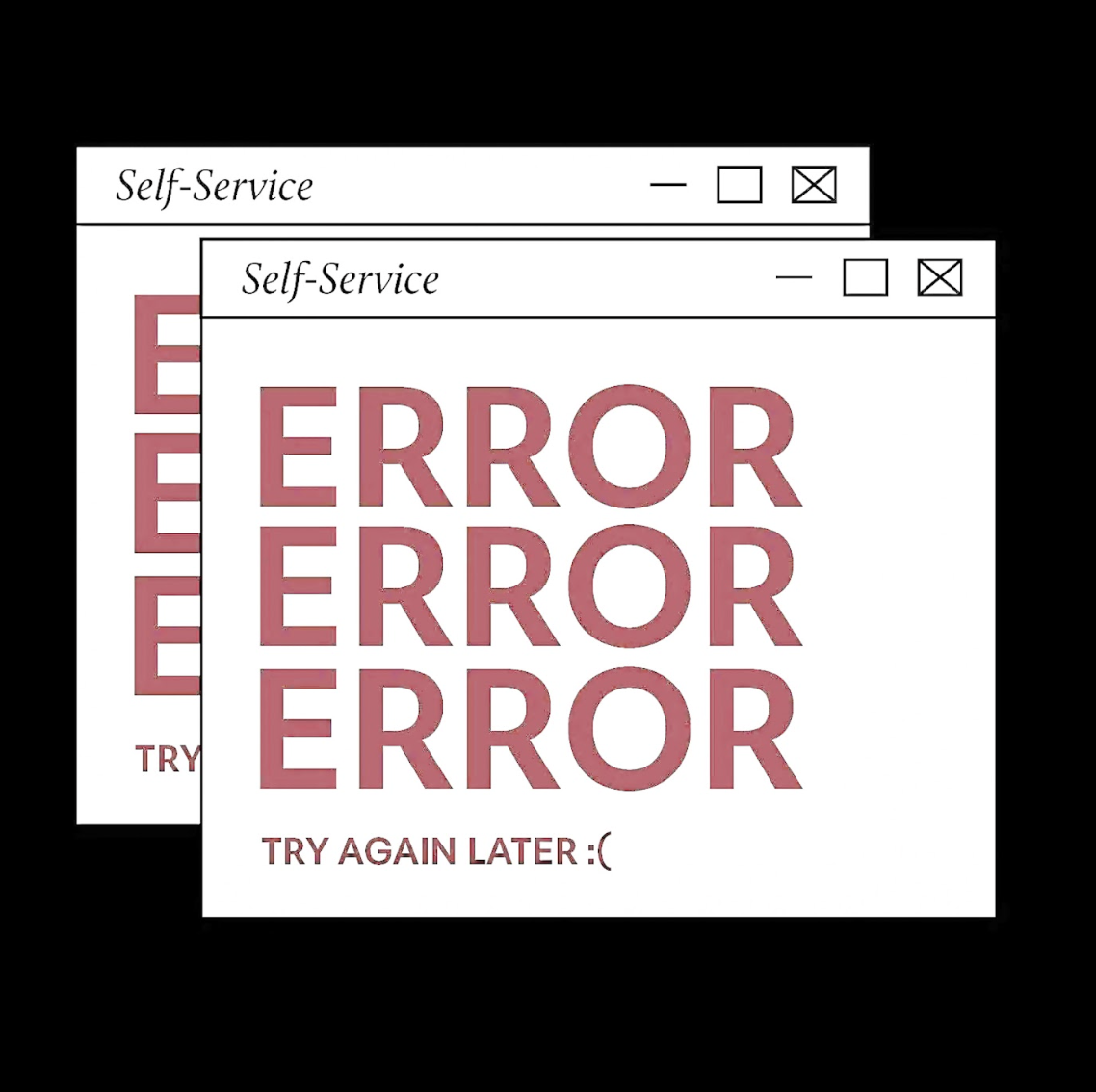
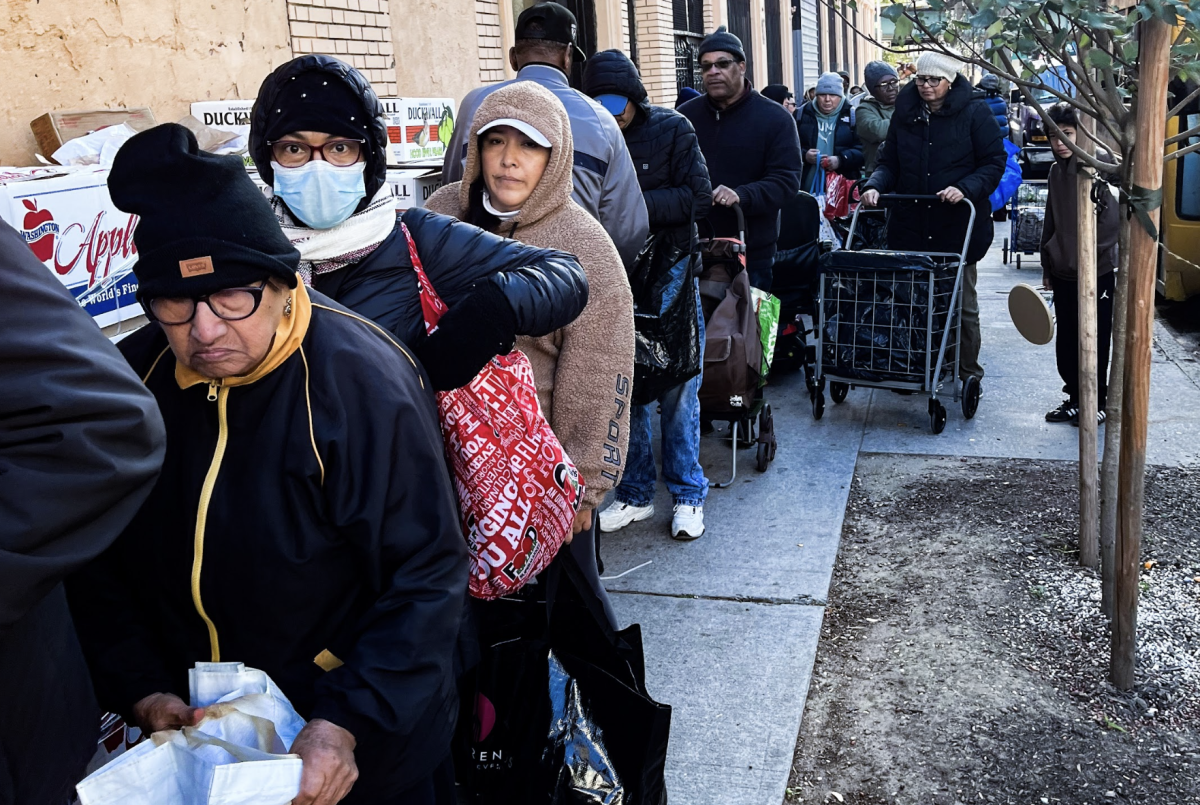

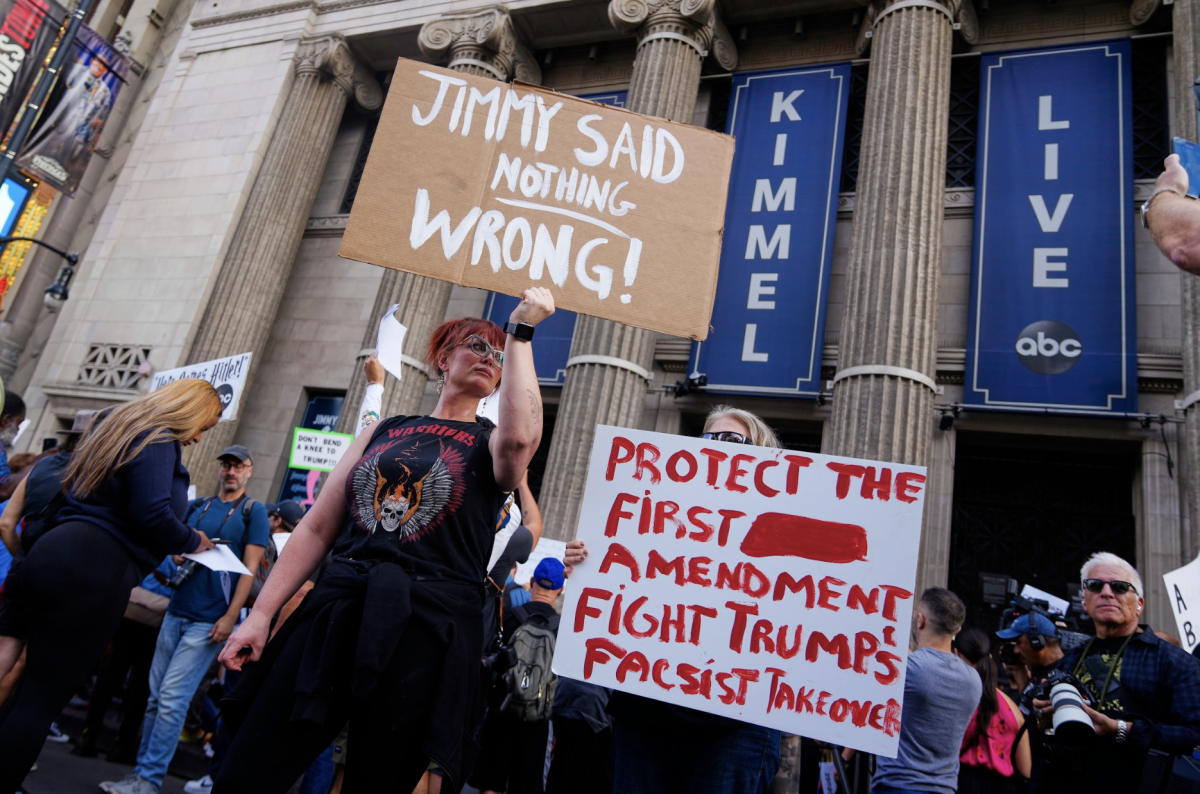
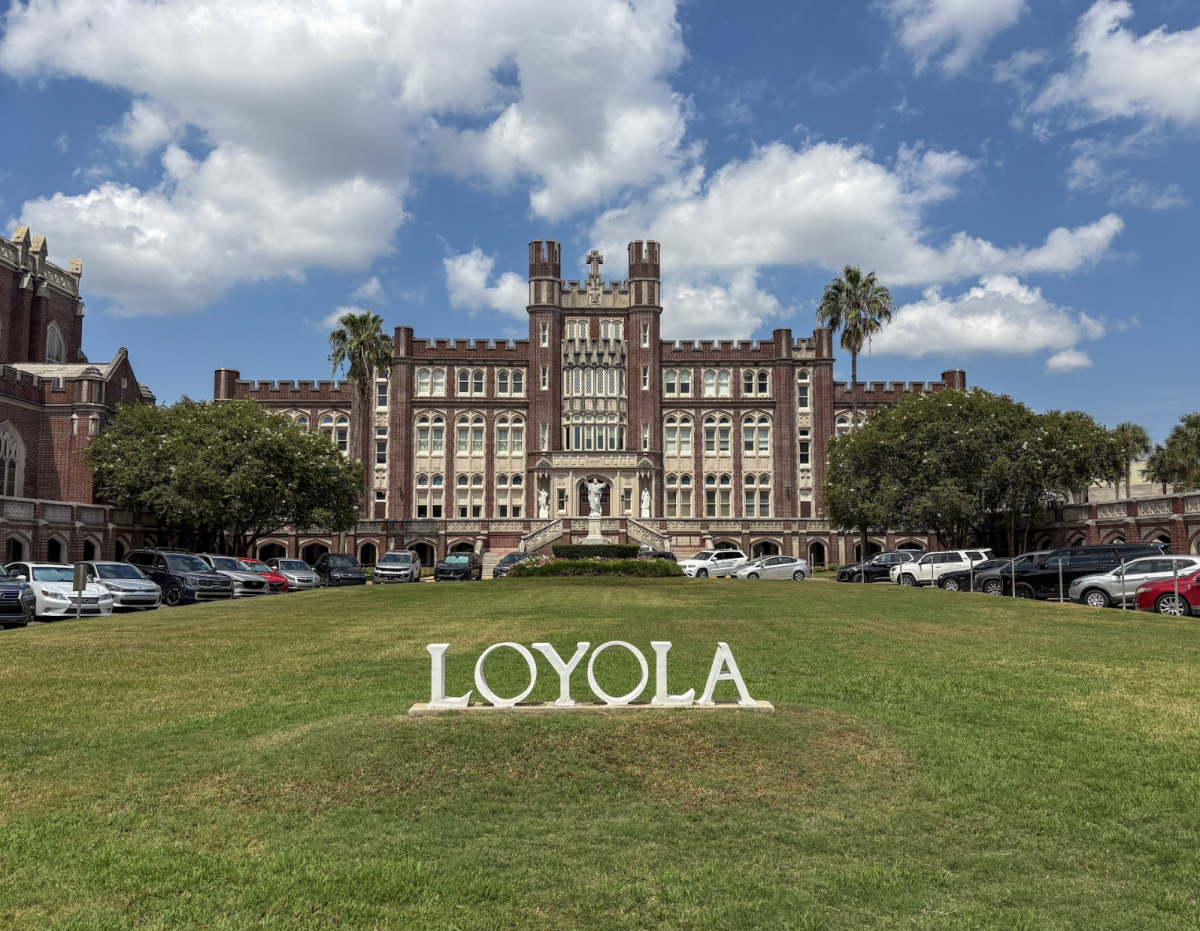
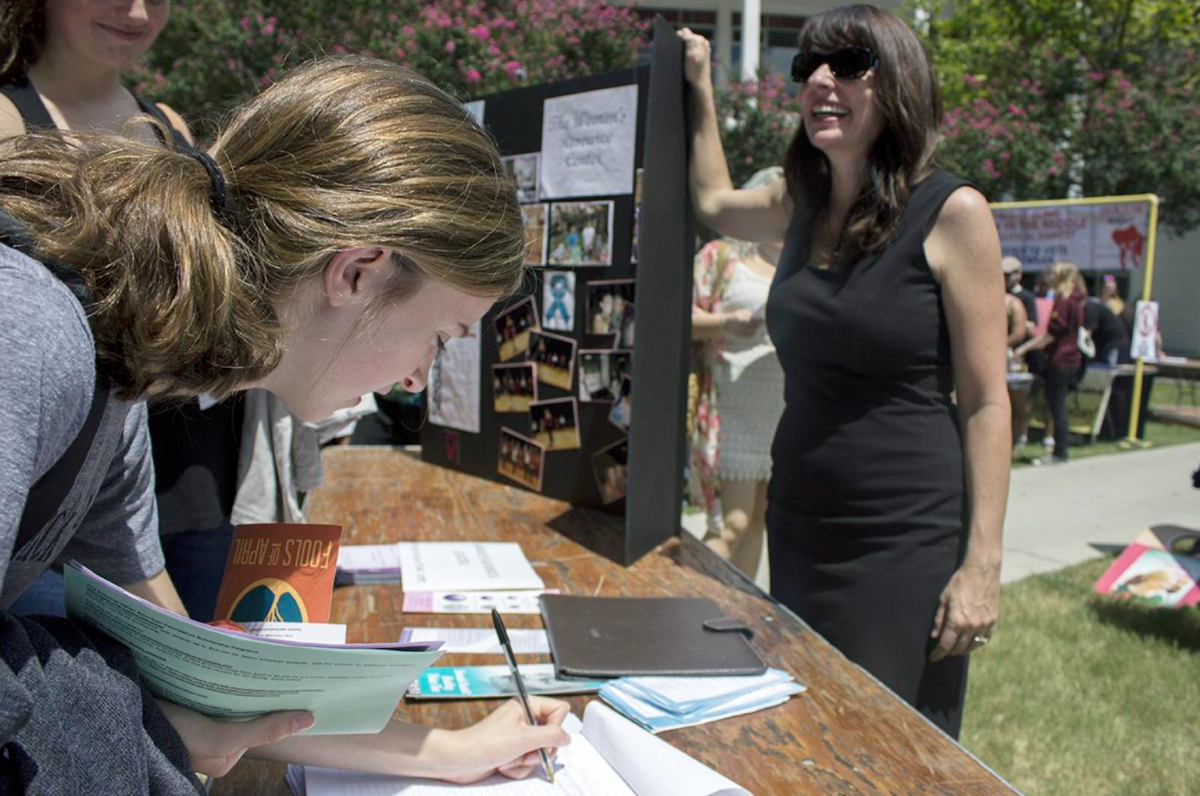
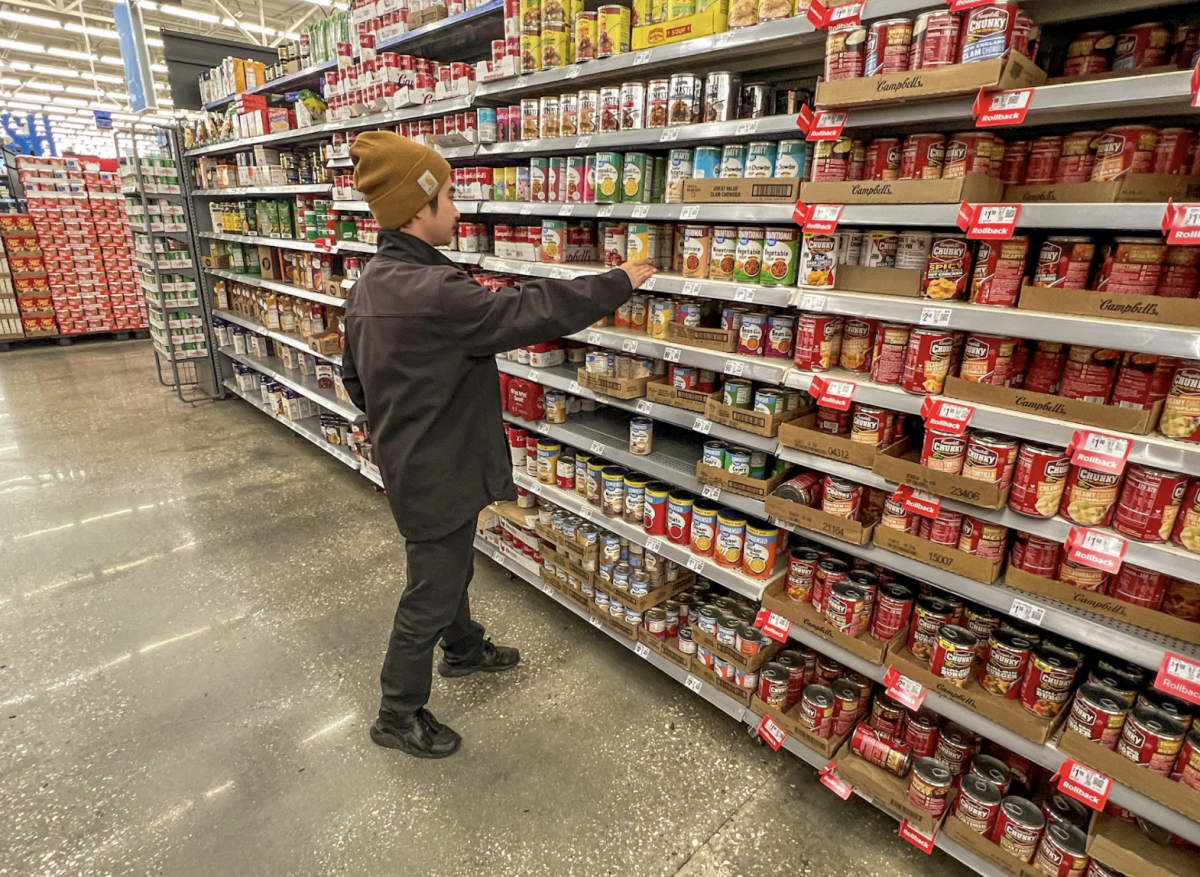

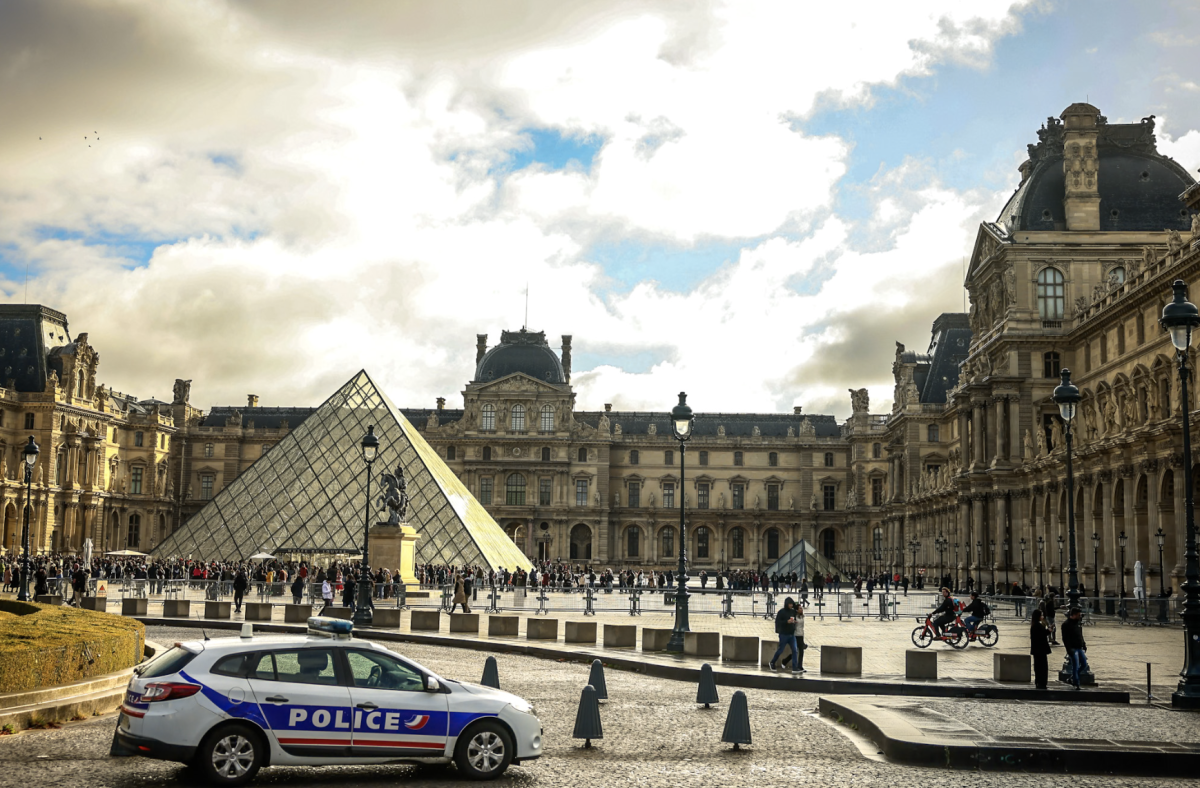
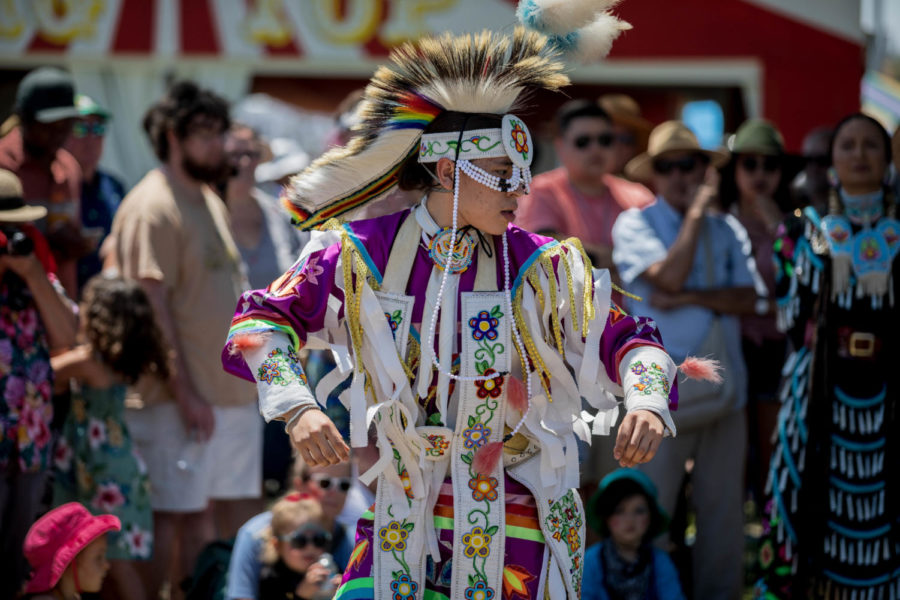

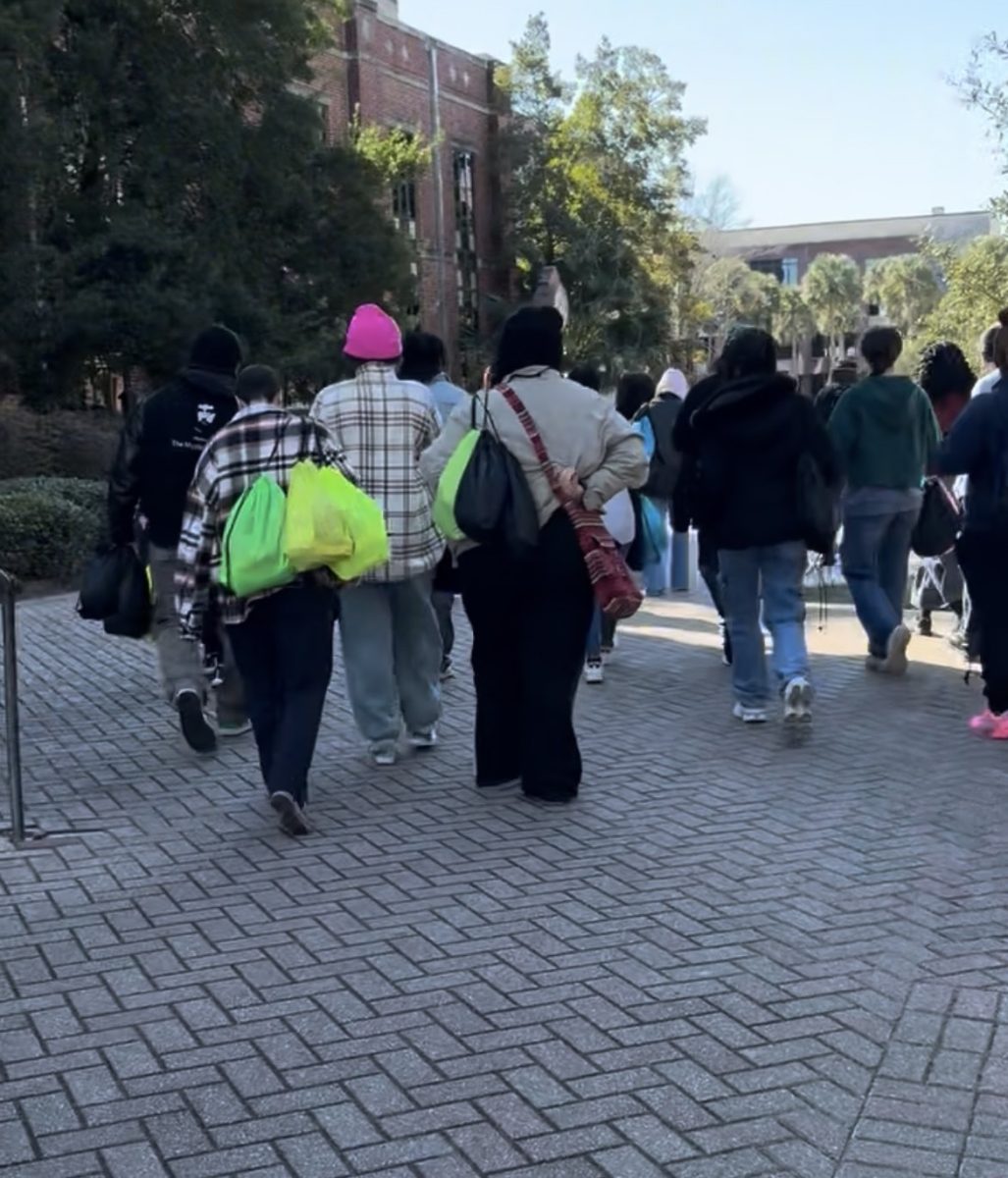
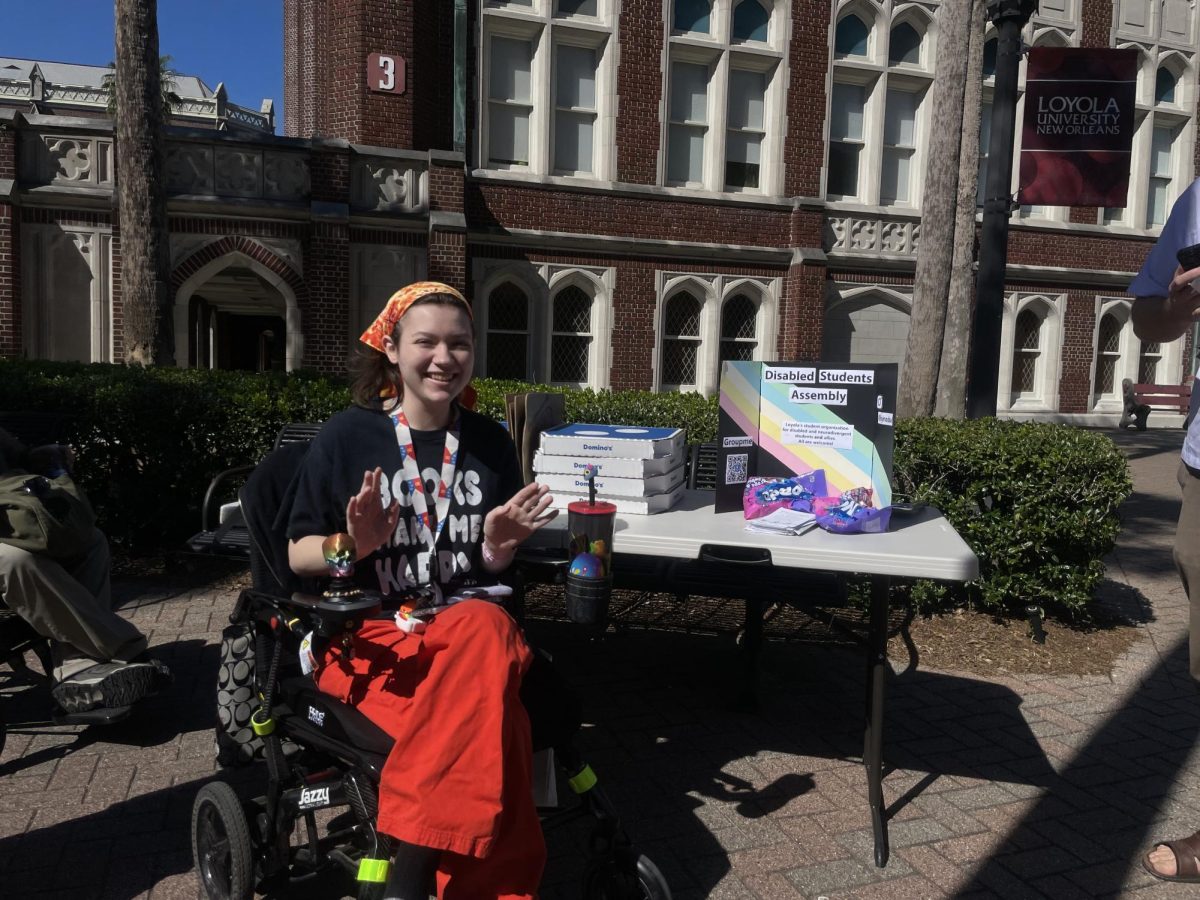



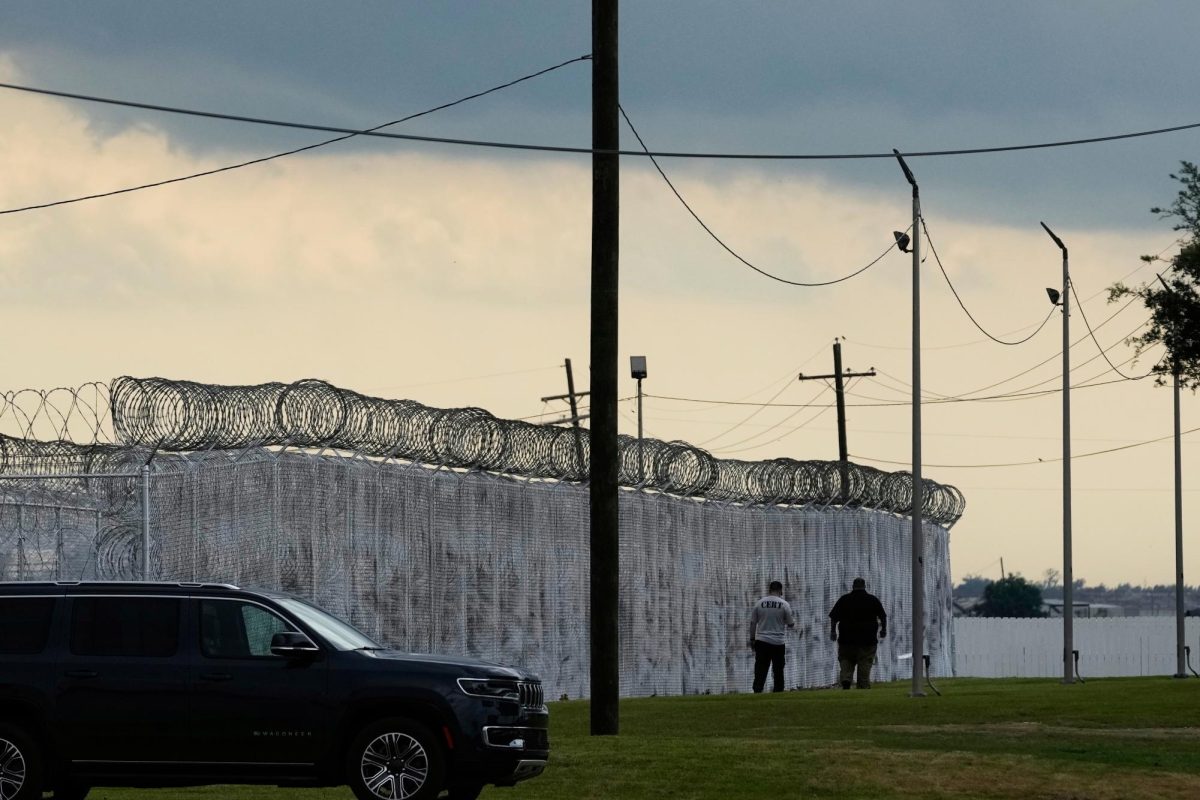

Joe • Aug 25, 2024 at 5:29 pm
Kamala 2024